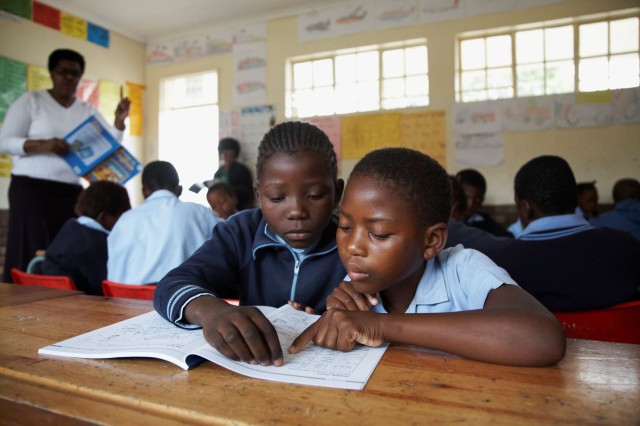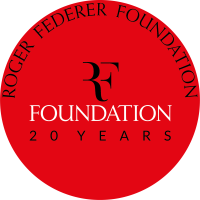Contexte de l'éducation au Lesotho
Lesotho, officially the Kingdom of Lesotho, is an enclaved country within the border of South Africa. Lesotho has a population of approximately 2,108,328 with a distribution of 25% living in urban areas compared to 75% in rural areas. The GDP of the country is estimated at US$2.7 billion (2020). In 2019, Lesotho ranked 165 out of 187 countries in the Human Development Index (HDI), which assesses for a population's average longevity, education, and income.
Lesotho's education system is undergoing quick reform by raising literacy, gender equality, and primary survival above regional averages. Unfortunately, the country is still facing serious challenges in terms of extreme poverty, low levels of education, drop-out, quality, and equity. In particular, primary completion is still very low, with a third of children not completing the cycle. Furthermore, access to secondary and tertiary remains limited, and the impact of HIV/AIDS requires special planning, and disparities in service delivery and educational outcomes are strong.
The Government of Lesotho is committed to education and introduced free primary education in 2000, contributing to access and completion of the primary cycle. Nevertheless, it was only in 2010 that primary school became compulsory. The enrolment rate for pre-primary stands at 34%, primary 80% and secondary 37%. But, more efforts are needed as 32% of children still do not complete primary school. In addition, efforts should be made to reduce high primary repetition, which stands at over 20%, and is thought to directly influence drop-out rates, causing severe resource wastage. Still, only 20% of the school-aged population completes the upper secondary.
Regarding early education in Lesotho, the Education Sector Plan (2016-2026) does prioritize pre-primary education, although this is not reflected in the education budget, of which only 0.4% is allocated to pre-primary education. Despite a doubling in enrolment since 2000, only few children in rural areas are enrolled in pre-school education. In remote and mountainous highland districts as low as 4–6% of children access preprimary education. But children would need a good start in life to reach their potential as adults.
Source: UNESCO EFA country profile
Source: LESOTHO EDUCATION BUDGET BRIEF


